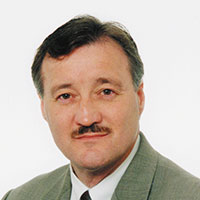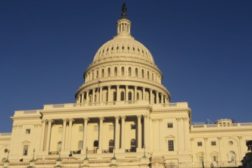Home » Keywords: » economy
Items Tagged with 'economy'
ARTICLES
Supply Chain
Looming Dockworker Strike's Impact on the Roofing Industry
Walkout could affect 36 ports on the East and Gulf Coasts that handle half the country's containerized goods
September 27, 2024
Best Practices
Macroeconomics is key to OHS
Lower fertility rates in rich nations equals fewer workers to boost economy
March 21, 2022
What's giving EHS pros headaches?
State of the EHS Nation- Exclusive results from ISHN’s 28th annual White Paper Reader Survey
December 13, 2012
Election buzz at the National Safety Congress
ISHN Editor Dave Johnson reporting from NSC Congress & Expo
October 23, 2012
Resources insufficient to protect world's poorest from climate change
The Climate Vulnerability Monitor warns that 100 million lives could be lost by 2030 if climate change and carbon-intensive energy practices are not addressed.
October 16, 2012
Become a Leader in Safety Culture
Build your knowledge with ISHN, covering key safety, health and industrial hygiene news, products, and trends.
JOIN TODAYCopyright ©2025. All Rights Reserved BNP Media.
Design, CMS, Hosting & Web Development :: ePublishing











